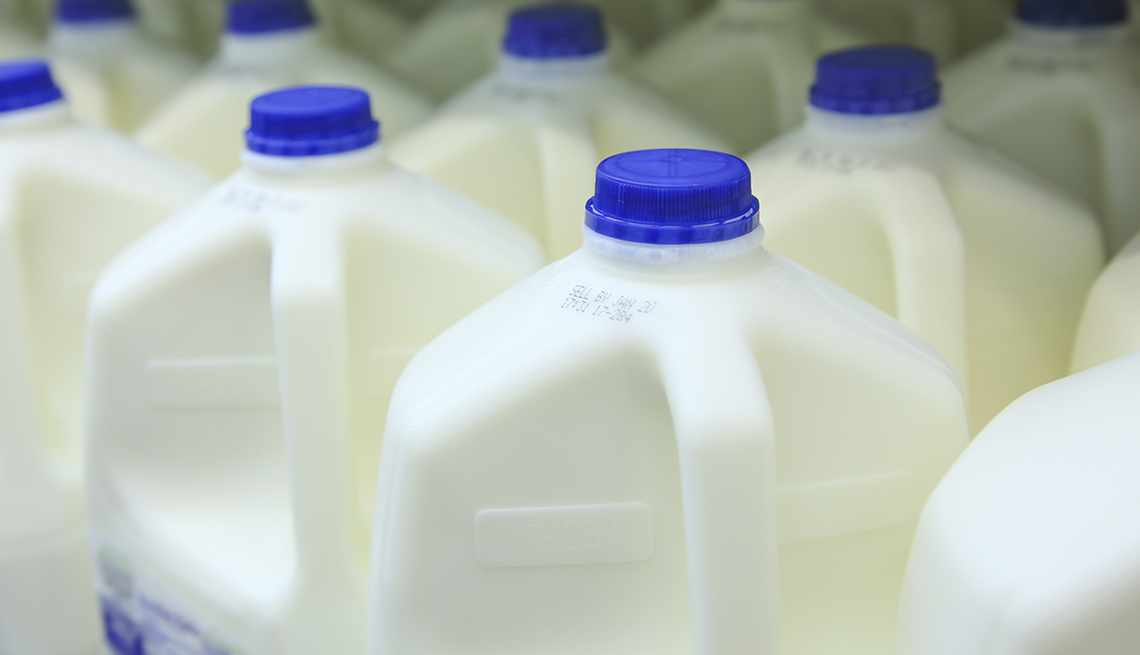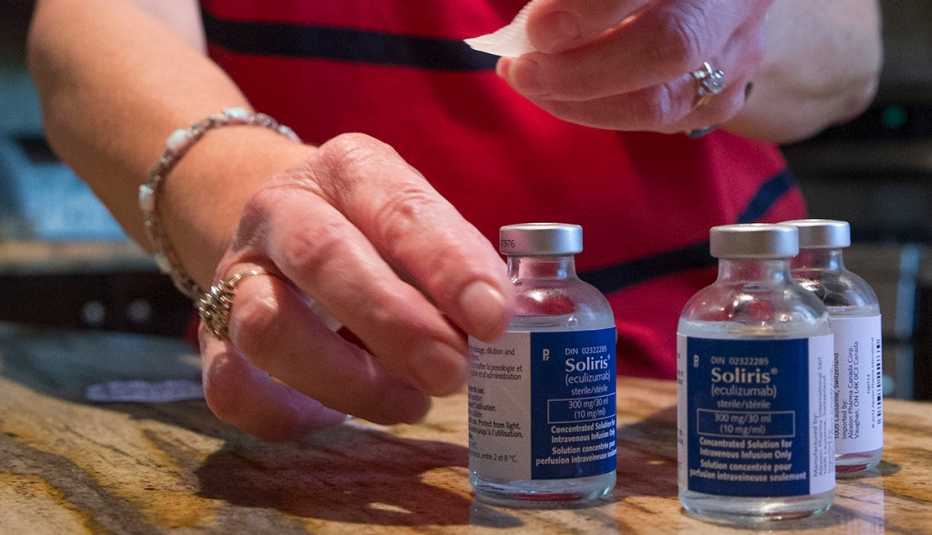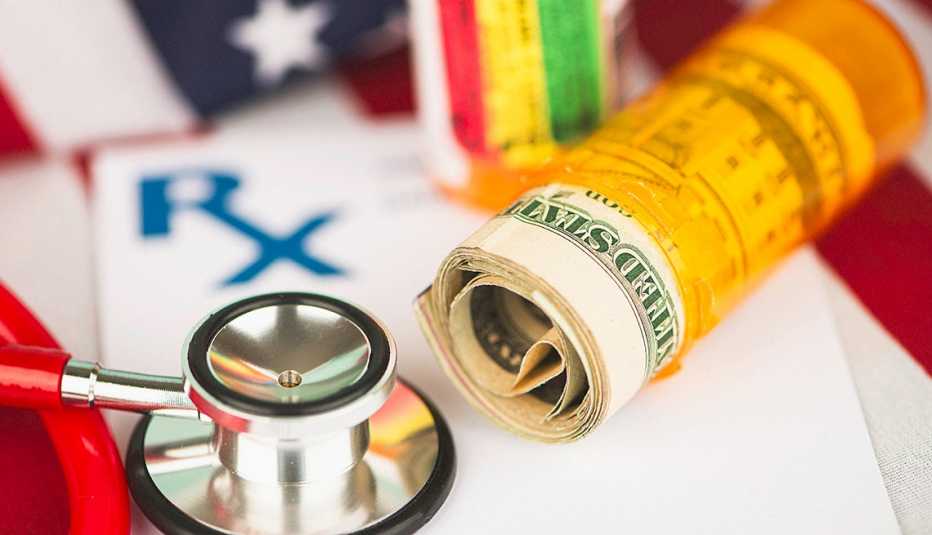Staying Fit
If prices for some basic consumer necessities — from milk to bread to a gallon of gas — rose as much as popular prescription drugs, many Americans wouldn't be able to put food on their table and would face the same dire choices that millions of older adults facing high prescription drug costs do every day.
The average retail price for 143 widely used brand-name drugs has increased more than 300 percent over the past 15 years, while general inflation rose by 32 percent during that same period, according to a 2021 AARP report that analyzed the retail prices of those medications.


AARP Membership— $12 for your first year when you sign up for Automatic Renewal
Get instant access to members-only products and hundreds of discounts, a free second membership, and a subscription to AARP the Magazine.
Separately, a new report from 46Brooklyn, a nonprofit group that monitors drug prices, found that pharmaceutical companies raised the prices on hundreds of medications on Jan. 1, 2022, with most increases averaging between 5 and 6 percent.
Here's a look at what some basic consumer necessities cost, on average, in 2006 and what they would have cost in 2020 if their prices had risen as fast over those 15 years as the cost of AARP's basket of brand-name prescriptions drugs.
- Gallon of milk: 2006, $3.23; 2020, $13
- Loaf of white bread (per pound): 2006, $1.05; 2020, $4.21
- Ground chuck beef (per pound): 2006, $2.61; 2020, $10.49
- Movie ticket: 2006, $6.04; 2020, $24.31
- Gallon of regular unleaded gas: 2006, $3.03; 2020, $12.20
- Dozen eggs: 2006, 98 cents; 2020, $3.94
- Bananas (per pound): 2006, 49 cents; 2020, $1.97
- Whole fresh chicken (per pound): 2006, $1.06; 2020, $4.27
- Field grown tomatoes (per pound): 2006, $2.16; 2020: $8.70
"These kinds of price increases on other consumer goods would rightfully demand swift action, but seniors have been waiting decades for relief from out-of-control drug prices," Nancy LeaMond, AARP executive vice president and chief advocacy and engagement officer, says in a letter AARP sent to U.S. senators on Jan. 4. LeaMond sent the letter jointly with David Mitchell, founder and president of Patients for Affordable Drugs Now. A similar letter was sent to members of the House of Representatives late in 2021.
Pending bill would help cut Rx prices
AARP has been fighting for years to convince federal and state lawmakers to pass legislation that would curb runaway drug prices. "For years, prescription drug prices have risen at rates that dwarf even the highest rates of general inflation," the letter says. "Patients and seniors cannot wait any longer and are demanding immediate action. Americans of all ages, regardless of political party, are counting on you to finally make good on the promise of lower drug prices and deliver the landmark reforms already negotiated with both houses of Congress."
The framework of the proposed Build Back Better Act, now before the Senate, includes an annual $2,000 cap on out-of-pocket expenses for enrollees in Medicare Part D drug plans and a $35 copay cap on some insulins, and it gives Medicare the power to begin negotiating the price of some prescription drugs.



































































